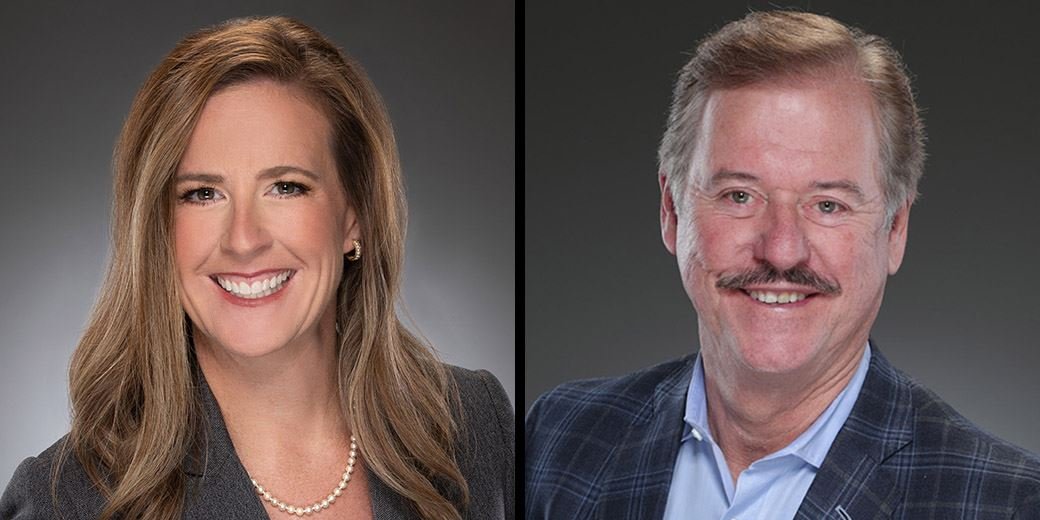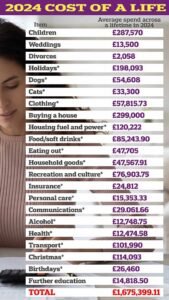The gender pension gap: Even after works ends, women must make do with less
For every dollar of retirement income men receive, women get only 83 cents.BongkarnThanyakii/Getty Images
The gender pay gap is the gift that keeps on giving. Women make less than men during their working years and that differential continues into retirement.
A 2024 report from Ontario’s Pay Equity Office (PEO), Understanding the Gender Pension Gap in Canada, shows a gap of 17 per cent, meaning that for every dollar of retirement income men receive, women get only 83 cents. (That includes income from government pensions, workplace pensions and personal savings.)
“We assumed that if wage gaps are closing and women’s labour market participation is increasing, we should see a closure of pension gaps. But that’s not what we saw,” says Kadie Philp, Ontario’s pay equity commissioner.
In fact, the gap is larger than it was nearly 50 years ago. In 1976, the first-year researchers were able to find meaningful statistics, the pension gap stood at 15 per cent.
Janine Rogan, a Calgary-based certified professional accountant and author of The Pink Tax: Dismantling A Financial System Designed to Keep Women Broke, sees this pension gap as an extension of the so-called pink tax, which is the tendency for products marketed to women to be more expensive than those marketed towards men.
“I think it’s important to connect these ideas so we [can] understand how insidious it is to gain and grow your wealth as a woman,” she says.
With knowledge and foresight, women can take steps to mitigate this financial challenge, says Ms. Philp. “Knowledge is really powerful. When you’re aware of [the gap], you can make different decisions.”
Reasons for the pension gap
According to the PEO report, the pension gap stems from the gender pay gap, which stands at 28 per cent in Canada. Women also contribute less to workplace pensions, personal savings and contribution-based government programs such as the Canada Pension Plan – and these make up, on average, 78 per cent of a Canadian’s income in retirement.
It’s not that women are more negligent when it comes to their financial futures, says Ms. Rogan. Societal expectations and familial responsibilities have a lot to do with it.
“You have to take into account women who decide to have children [and how that] takes time away from their career, impacting their earning potential and their ability to qualify for pensions,” she says.
This motherhood wage penalty means women can go years with a reduced or nonexistent income while caring for children. For example, earnings losses linger about four years after childbirth, according to a report from the Financial Accountability Office of Ontario, and women make up 60 per cent of employees who leave work for caregiving.
Also, women often spend more – not on manicures, as the clichés might suggest — but to support the household.
“Oftentimes, it’s the woman’s responsibility to pay for childcare or summer camp or school [supplies]. He often pays the mortgage,” says Ms. Rogan. It may go unnoticed when women give their kids lunch money or run to the drugstore run for an aging parent. But those costs deplete women’s ability to save.
Importantly, divorce can be costly for women, with their incomes dropping much more dramatically than men’s incomes after a marriage ends. It can take as long as six years to recover if they have children. And while it’s a positive than women typically live longer – life expectancy is 83.9 years compared to 79.8 for men – that also means they need more pension money to sustain themselves.
Steps to take while working
Léony deGraaf Hastings, a certified financial planner based in Burlington, Ont., suggests that all working women should ask if their employer has a pension or Registered Retirement Savings Plan (RRSP) matching program they can join.Tara Walton
Léony deGraaf Hastings, a certified financial planner based in Burlington, Ont., suggests that all working women – whether full-time or part-time – should ask if their employer has a pension or Registered Retirement Savings Plan (RRSP) matching program they can join. She suggests maxing out such programs first, as they tend to be more lucrative than a personal RRSP.
Ms. Philp notes that workplaces are not always clear about how you can make up for missed pension contributions after a leave – a process called buyback.
“It’s often very limited, so you have to buy it back within six months or a year,” says Ms. Philp. Even if the deadline is tight, she suggests doing it anyway. She also encourages women to advocate for policies that offer more time.
Women can protect their futures by scrutinizing pay stubs and reading all mail from pension providers, adds Ms. Philp. “Financial literacy is vital for retirement planning.”
Married women should attend meetings with financial professionals as an equal, says Ms. deGraaf Hastings. “During a spousal meeting, if the advisor or planner is only focusing on speaking with the husband, that’s a red flag that the woman needs to find her own planner or seek a second opinion.”
Women should also ensure that they’re named as beneficiaries on insurance policies, they’re on title for the house and they have a credit score of their own – which might not be the case if they don’t have a separate credit card or were not named on car loans.
Ms. DeGraaf Hastings notes that the best way to retire with more money is to make more money while you are working. She points out that the symptoms of menopause can hold women back in their later years.
“I encourage women to speak to their health-care professionals, as options are available to reduce the symptoms,” she says. ‘With these symptoms addressed, women may feel more equipped to take on bigger roles with bigger paycheques.”
A need for systemic change
While women can take actions to mitigate the gender pension gap, the Pay Equity Office report notes that the real cause the problem is how retirement programs are structured in Canada. They are based on income earned during work years and don’t take factors like social contribution or need into account.
“Our system is based on certain assumptions,” says Ms. Philp. While governments have made small changes over the years to better support women, the underlying approach endures, and only a more substantial revamp can fix it.
“We have to keep correcting for these assumptions; it’s a systematic issue,” she says.
Interested in more perspectives about women in the workplace? Find all stories on The Globe Women’s Collective hub here, and subscribe to the new Women and Work newsletter here. Have feedback? E-mail us at GWC@globeandmail.com.














Post Comment